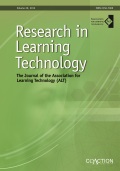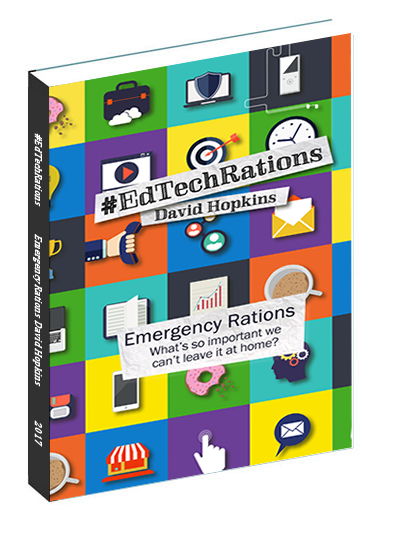Reading: “Students and recorded lectures: survey on current use and demands for higher education”
 I’ve been interested for quite a while now in the use of recorded ‘lectures’ (for want of a better word) in learning materials for distance learners. Do these kinds of recording help students ‘learn’? This paper, from the Research in Learning Technology journal should be of interest to anyone who is also looking into lecture capture.
I’ve been interested for quite a while now in the use of recorded ‘lectures’ (for want of a better word) in learning materials for distance learners. Do these kinds of recording help students ‘learn’? This paper, from the Research in Learning Technology journal should be of interest to anyone who is also looking into lecture capture.
The research that accompanies this is paper based on student surveys in two Universities in the Netherlands whose goal was to investigate and understand how the students used the recorded material (downloadable versions of the recordings were not available for consumption offline).
There is good data here from the students that ought to be considered by anyone contemplating the introduction of any system that would enable recording of lecture materials and it’s provision and supply to students. If anything, look at the data about why students did not watch or use them (figures from one of the participating University’s: Eindhoven University of Technology – TU/e):
- Did not know they were available: 7.2%
- Went to class (didn’t need the recording): 57%
- Technical difficulties: 6.3%
- Didn’t miss anything important enough to consider reviewing the recording: 21.7%
- Didn’t have time for it: 19.3%
- Do not like watching recorded lectures: 5.1%
- Recording quality (which meant they must have tried it to know they didn’t want to watch it?): 6.5%
I do not agree with one aspect of the study though, that the students were given full-length (40-45 minute) recordings. While this may be the “most frequent” type of recordings (and easiest to capture) it is not the most effective or comfortable way to watch a lecture. I prefer smaller chunks, typically 10-15 minutes (according to the topic/subject structure), that are more easily digested either sat in front of a PC or on a mobile device (MP3 or other audiobook format). This is how I produced recorded material for the distance learning students at Bournemouth University and, where we only had the longer, fuller, recording, we received negative comments that were solely down to length of recording. Perhaps if they had not had or known the advantages of the shorter versions they would not have responded this way?
The full reference for the paper is:
GORISSEN, P., VAN BRUGGEN, J., JOCHEMS, W.. Students and recorded lectures: survey on current use and demands for higher education. Research in Learning Technology, North America, 20, sep. 2012. Available at: http://www.researchinlearningtechnology.net/index.php/rlt/article/view/17299. Date accessed: 11 Nov. 2012.


















One thought on “Reading: “Students and recorded lectures: survey on current use and demands for higher education””
Comments are closed.